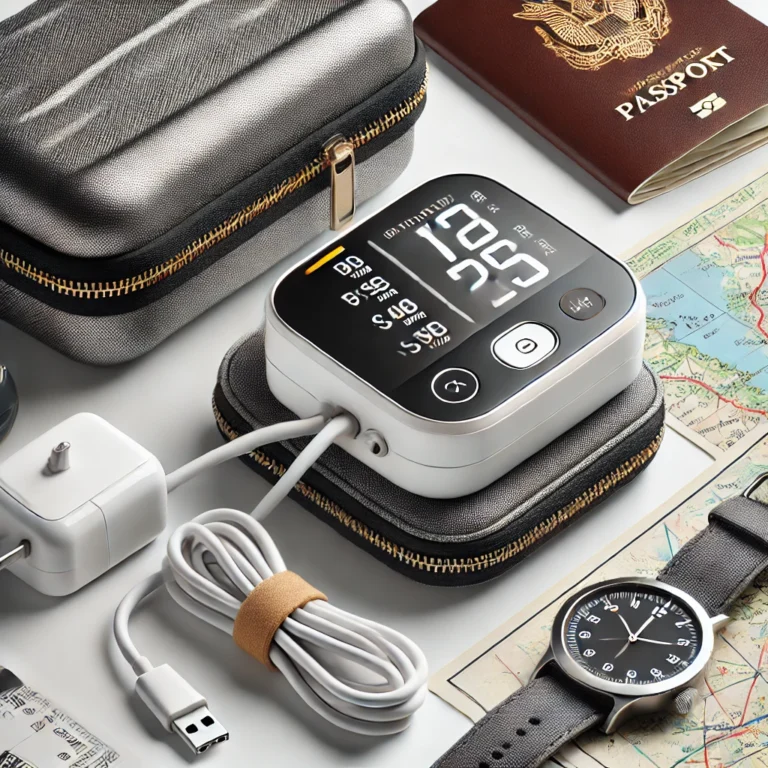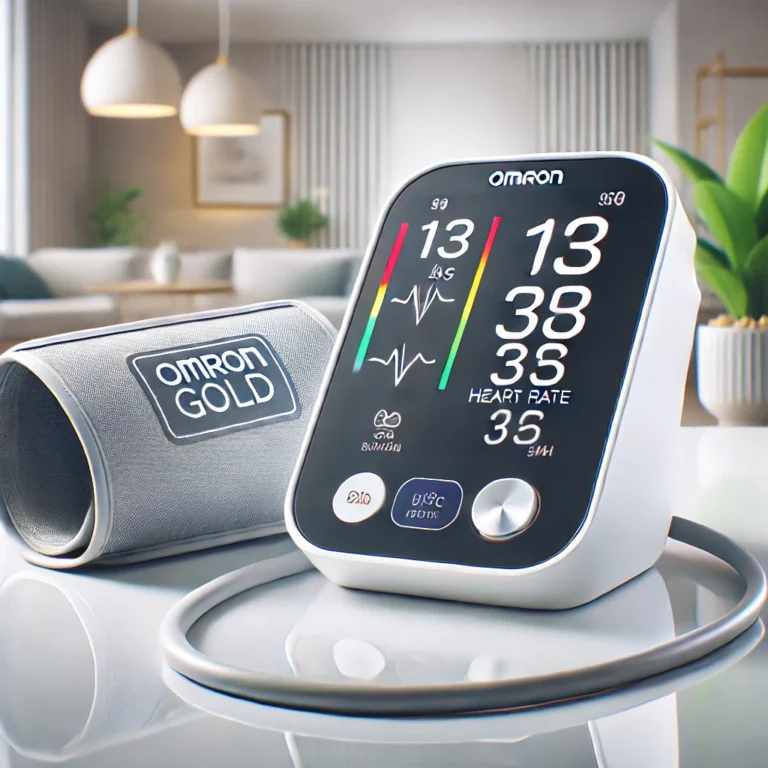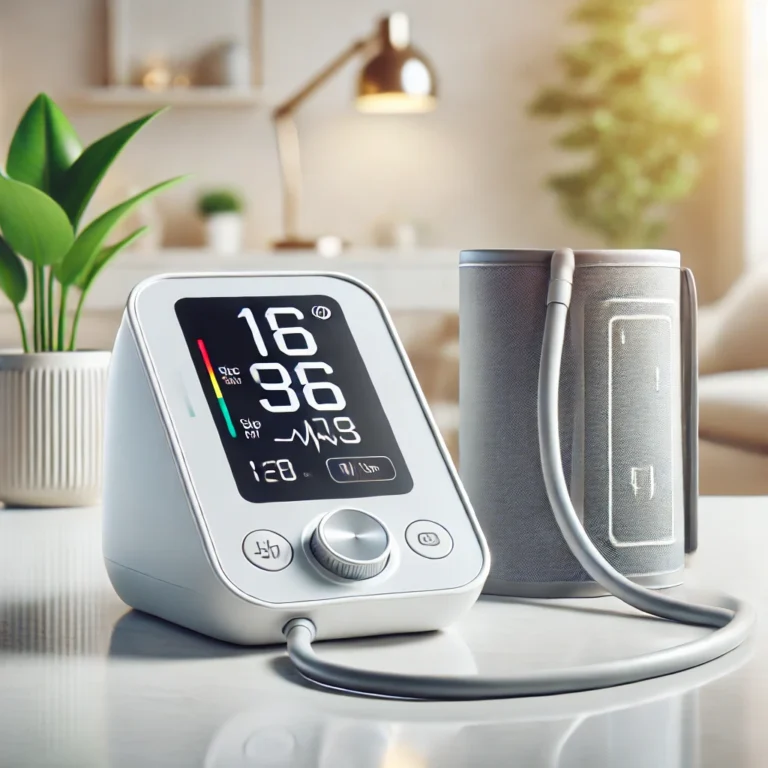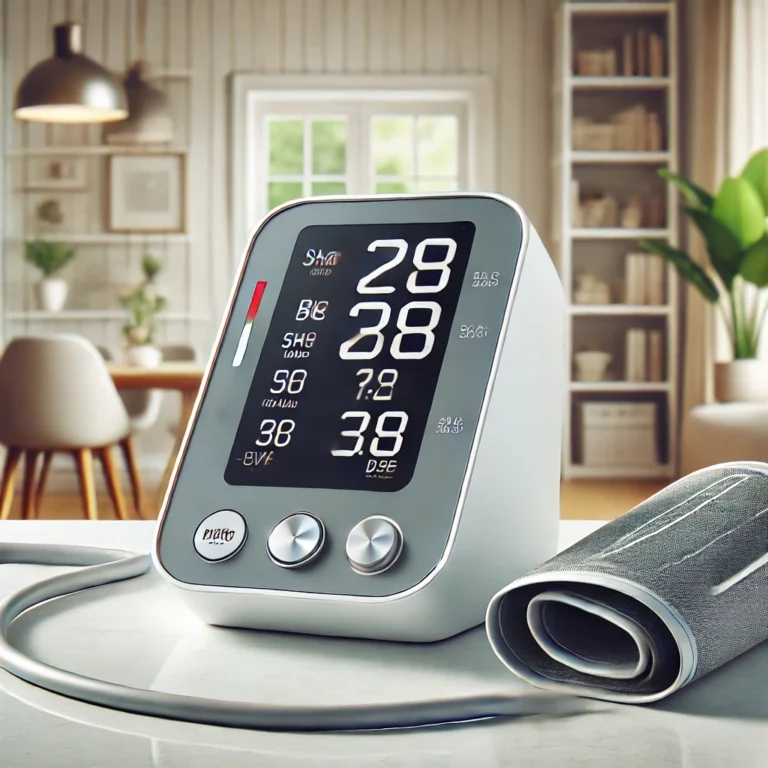Best Blood Pressure for the Elderly – Understanding and Managing Healthy Levels
As we age, maintaining healthy blood pressure becomes increasingly critical for preventing serious health complications. Blood pressure is a vital indicator of cardiovascular health, and for the elderly, managing it appropriately can reduce the risk of heart disease, stroke, and other age-related conditions.
But what exactly is considered the best blood pressure for the elderly? How can seniors and their caregivers ensure they maintain optimal levels? In this article, we’ll discuss what constitutes healthy blood pressure in older adults, the risks of hypertension and hypotension, and actionable tips to maintain a healthy balance.
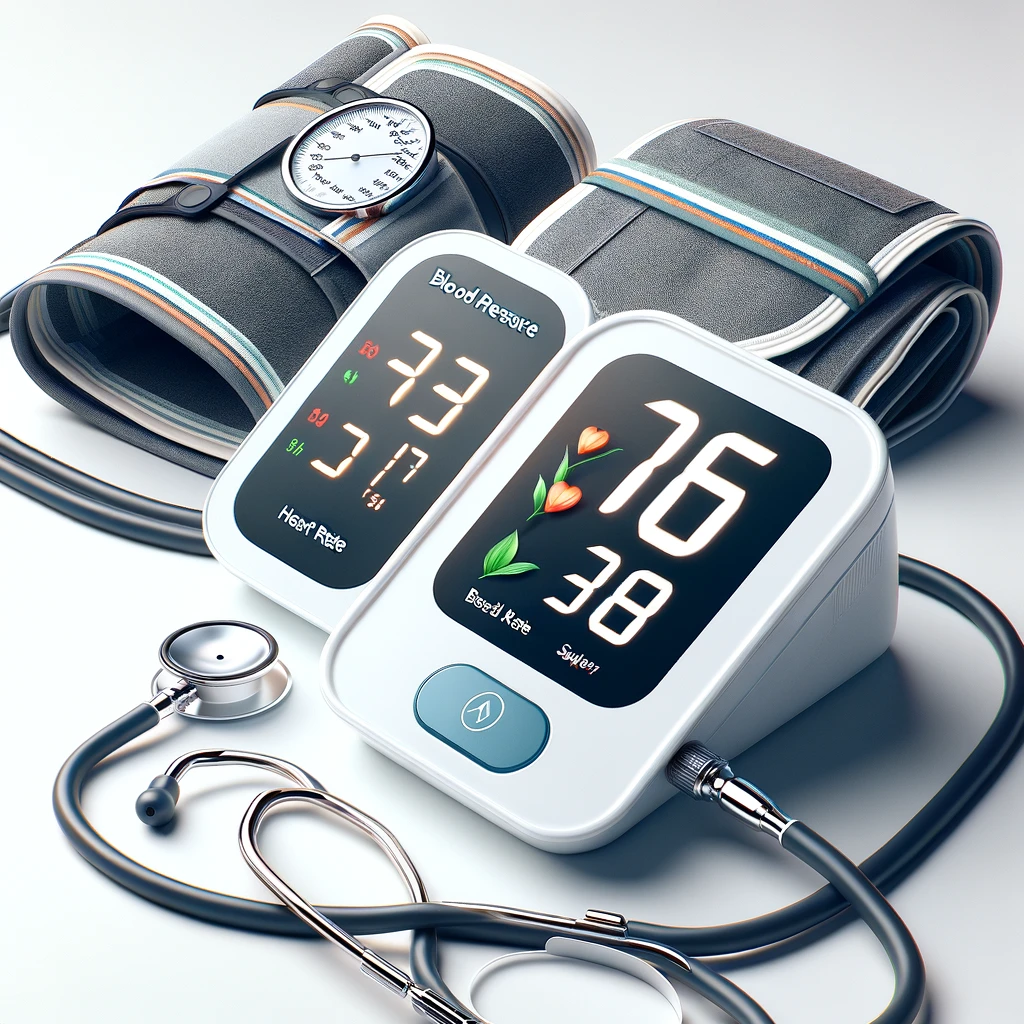
What Is Considered Healthy Blood Pressure for the Elderly?
Blood pressure is measured in millimeters of mercury (mmHg) and expressed as two numbers: systolic (pressure when the heart beats) over diastolic (pressure when the heart is at rest).
General Guidelines:
Normal blood pressure: Below 120/80 mmHg.
Elevated blood pressure: 120-129/<80 mmHg.
Hypertension (stage 1): 130-139/80-89 mmHg.
Hypertension (stage 2): 140+/90+ mmHg.
For seniors, the target blood pressure may differ slightly based on individual health conditions. Recent guidelines suggest that a systolic pressure below 130 mmHg is ideal for older adults, particularly for those managing chronic conditions like diabetes or kidney disease.
Why Is the Focus More on Systolic Pressure?
With age, arteries tend to stiffen, leading to a natural rise in systolic pressure. This condition, known as isolated systolic hypertension, is common among seniors. While elevated systolic readings are concerning, excessively low diastolic readings can also pose risks, such as inadequate blood flow to vital organs.
Key Takeaway: Maintaining a systolic reading of 120-130 mmHg and a diastolic reading of around 60-80 mmHg is generally recommended for healthy seniors, but individual targets should be determined by a healthcare provider.
Risks of High and Low Blood Pressure in the Elderly
1. Hypertension (High Blood Pressure)
Hypertension affects a significant portion of the elderly population and increases the risk of:
Heart Disease: Straining the heart over time can lead to heart failure or coronary artery disease.
Stroke: Uncontrolled blood pressure can damage blood vessels in the brain, causing strokes.
Kidney Damage: High blood pressure reduces kidney function, especially in seniors.
Symptoms: Often asymptomatic but may include headaches, shortness of breath, or dizziness.
2. Hypotension (Low Blood Pressure)
Low blood pressure is less common but can be equally dangerous in older adults, leading to:
Dizziness and Falls: Sudden drops in blood pressure, known as orthostatic hypotension, can cause fainting.
Organ Damage: Insufficient blood flow can impair the function of vital organs like the brain and kidneys.
Symptoms: Fatigue, blurry vision, or confusion.
Tip: Regular monitoring helps detect and address both high and low blood pressure early, preventing complications.
Factors That Influence Blood Pressure in the Elderly
Several factors contribute to fluctuating blood pressure in older adults, including:
Medication: Many seniors take medications that can affect blood pressure, such as diuretics or beta blockers.
Diet: Excessive salt intake can raise blood pressure, while dehydration can lower it.
Lifestyle: Lack of exercise or high stress levels often contribute to hypertension.
Chronic Conditions: Diabetes, kidney disease, and sleep apnea are common comorbidities that influence blood pressure.
Pro Tip: Discuss medication side effects and possible interactions with your doctor to ensure they’re not contributing to irregular blood pressure readings.
Tips to Maintain Healthy Blood Pressure for Seniors
1. Adopt a Heart-Healthy Diet
DASH Diet: Focus on fruits, vegetables, whole grains, lean proteins, and low-fat dairy.
Reduce Sodium: Limit salt intake to less than 2,300 mg per day (or 1,500 mg for those with hypertension).
Stay Hydrated: Adequate hydration helps prevent low blood pressure.
2. Engage in Regular Physical Activity
Exercise strengthens the heart and improves circulation, helping regulate blood pressure.
Aim for 150 minutes of moderate exercise per week, such as walking, swimming, or yoga.
Include light strength training to improve overall health.
3. Monitor Blood Pressure Regularly
Use a home blood pressure monitor to track readings at consistent times each day. Log your results to share with your healthcare provider.
Pro Tip: Measure blood pressure while seated and at rest for the most accurate results.
4. Manage Stress
Chronic stress can elevate blood pressure. Techniques such as meditation, deep breathing, or engaging in hobbies can help reduce stress levels.
5. Follow Medication Guidelines
If prescribed, take blood pressure medications exactly as directed. Missing doses or stopping medication abruptly can lead to dangerous spikes or drops.
When to See a Doctor
Signs to Watch For:
Consistently high readings (above 140/90 mmHg).
Symptoms of low blood pressure, such as dizziness or fainting.
Sudden or extreme changes in blood pressure.
Regular check-ups are essential for adjusting treatment plans and ensuring medications remain effective as health conditions evolve.
Top Blood Pressure Monitors for Seniors
Here are some user-friendly blood pressure monitors designed with seniors in mind:
1. Omron Gold Upper Arm Monitor
Features: Large display, easy-to-use interface, app compatibility.
Why It’s Great: Ideal for seniors who want accuracy and simple operation.
2. Beurer BM26 Blood Pressure Monitor
Features: Affordable, stores up to 60 readings, automatic inflation.
Why It’s Great: Budget-friendly and perfect for basic monitoring.
3. iHealth Track Blood Pressure Monitor
Features: Bluetooth-enabled, works with a smartphone app, large buttons.
Why It’s Great: Combines modern features with simplicity.
Pro Tip: Look for monitors with adjustable cuffs and large, easy-to-read displays for added comfort and usability.
Conclusion
For the elderly, maintaining a healthy blood pressure is a cornerstone of overall well-being. While a systolic reading below 130 mmHg is often ideal, individual targets may vary depending on underlying health conditions. Regular monitoring, a balanced diet, consistent exercise, and proper medication adherence are key to managing blood pressure effectively.
Whether you’re a senior or a caregiver, understanding what constitutes the best blood pressure for the elderly empowers you to take proactive steps toward a healthier, more vibrant life. Invest in a reliable monitor, stay informed, and prioritize routine check-ups to ensure your golden years are healthy and enjoyable.

